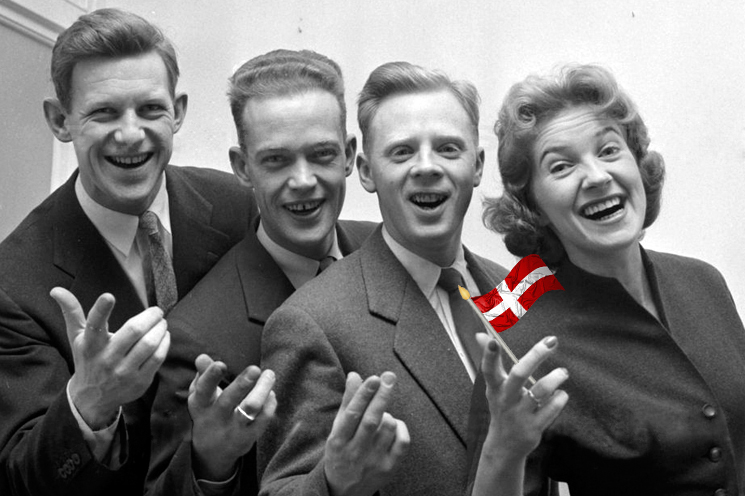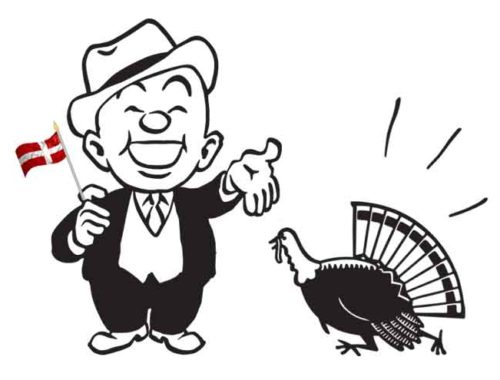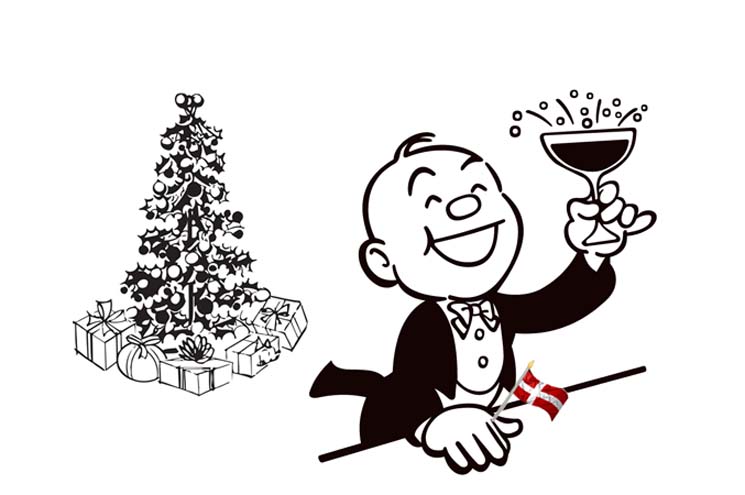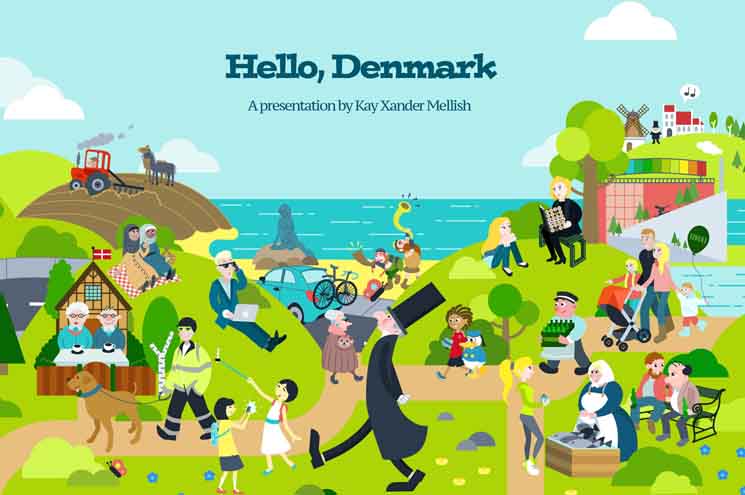There have been very few international singing stars from Denmark, and that’s a surprise, because Danish people love to sing.
Joining choirs is very popular, and Danish schoolchildren often start the week with a song – in my daughter’s school, all the grades get together and sing something from the school’s common songbook.
There’s actually a kind of common songbook for all the children of Denmark, called De Små Synger, where you can find classics like Se Min Kjole (See my dress), Lille Peter Edderkop (Little Peter Spider) or Oles Nye Autobil, (Ole’s new car). Ole’s new car is actually a toy car that he uses to run into things, like his sister’s dollhouse. 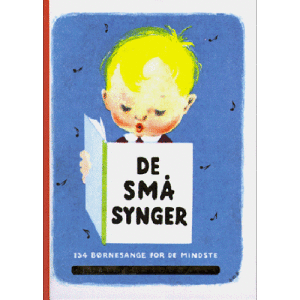
In general, the Small Songs are a throwback to an older Denmark, a quieter Denmark where most people lived in the countryside. Many of the songs refer to green hilltops, or forests, or baby pigs or horses, or happy frogs that live in a swamp. And of course, all the humans in the Small Songs are entirely Danish – or ‘Pear Danish,’ as the local expression goes. One out of five children born in Denmark today is not an ethnic Dane, but there’s no such thing as Little Muhammed Spider or Fatima’s New Toy Car.
Still, everyone who grows up in Denmark learns these songs. And other songs that are just part of the Danish canon. Back when I was looking around for a school for my daughter, I went to a parent introduction meeting where the principal asked everyone to start by singing The Autumn Song. All the Danish parents got up, there were probably 200 of them there, all smiling, brought back to their school days, and happily singing the song. They all knew the words. I had no idea what was going on. I just stood up and hummed along.
Danish drinking songs
But Danish singing is not just for children. Danish teenagers and young adults, who tend to drink a lot, love Danish drinking songs. Snaps songs are made to be sung right before drinking a shot of snaps, they’re an important part of Danish student culture. One you’ll probably hear is ‘Sail up the river.’ The lyrics are easy to learn: ‘Sail up the river, sail down again. That was a great song, let’s sing it again.’ And then, of course, you sing it again. Many times. My neighbors were doing that last weekend.
Danish adults don’t have to be drunk to sing. If someone has a ‘round’ birthday – 30, 40, 50, 60 – or is retiring from her job after many years, it’s considered good manners in Denmark to write them a song. You don’t have to write the melody, you just use one of those Danish songs that everyone knows. And then you write lyrics that gently satirize the person’s lifestyle or interests, plus how much you care for them – if it’s a birthday – or how much you’ll miss them, if it’s a retirement.
The good news is, you don’t have to write these lyrics yourself. Some people do this professionally. You can google ‘festsange’ and you’ll find dozens of people using Google Adwords to sell their services. It costs about DK400 to get a song written for your event, and the songwriter will ask you for a few light-hearted stories about the person being celebrated – like he’s good at fixing things around the house, or she’s very messy and can never find her car keys. It doesn’t go much deeper than that.
Singing songs about yourself
So, when it’s time for the party, there will be a copy of the song for everyone attending, and you’ll all stand in a circle and sing it. I usually don’t know the song they’re singing along to, but I hum at the beginning and then just pick up the melody by the second or third verse, and there are usually around 7 verses. You get tired by the end. One thing I find funny is that the person being celebrated generally stands there with his own piece of paper sings along to the song about himself. And at the end, everyone raises their glasses for a toast. ‘Skål!’
Buy Kay’s books about Denmark on Amazon, Saxo, Google Books, Apple Books, Barnes & Noble Nook, or via our webshop.
Image mashup copyright Kay Xander Mellish 2025

